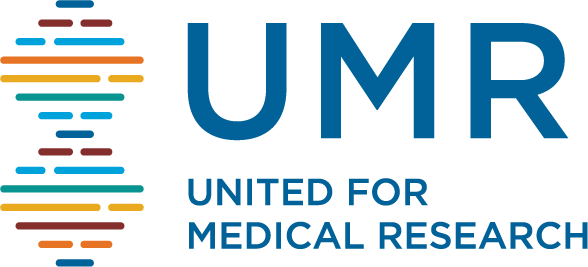Using genome-wide association studies (GWAS) methodology to analyze whole-genome sequencing data of SARS-CoV-2 mutations and COVID-19 mortality data can identify highly pathogenic variants of the virus that should be flagged for containment, according to Harvard T.H. Chan School of Public Health and MIT researchers. Using this biostatistical methodology, the researchers pinpointed a mutation in the variant known as P.1, or Gamma, as being linked to increased mortality and, potentially, greater transmissibility, higher infection rates, and increased pathogenicity before the P.1 variant had been identified. The team’s methodology is described online on June 23, 2021 in the journal Genetic Epidemiology.
